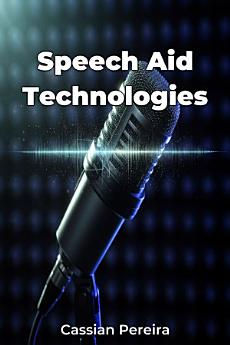Speech Aid Technologies
About this ebook
The book begins by laying the groundwork with the principles of voice synthesis and the various types of AAC devices available, from simple picture boards to complex electronic systems. It then delves into the integration of AI in speech therapy, examining how machine learning can personalize communication experiences. By drawing on clinical trials, user studies, and technological evaluations, Speech Aid Technologies provides a comprehensive perspective on the field, highlighting the potential for AI to predict user intent and enhance communication.
This book stands out by focusing on the convergence of AI and communication assistance, advocating for user-centered design that prioritizes intuitive and empowering technologies. It is structured to guide readers through the landscape of communication assistance, addressing both practical applications and ethical considerations. The book's approach makes it a valuable resource for speech-language pathologists, engineers, and anyone interested in the intersection of technology and medical care for speech impairments.








